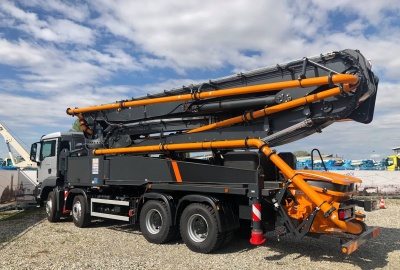In the realm of modern industrial automation, multi-axis control rods have become an essential tool for precision engineering and manufacturing processes. These devices are designed to provide precise control over multiple axes of movement, enabling complex tasks to be executed with high accuracy. Whether you are a seasoned engineer or a newcomer to the field, understanding how to effectively use multi-axis industrial control rods is crucial for maximizing productivity and ensuring safety.

Basic Components and Configuration
Multi-axis control rods are composed of several key components that work in tandem to achieve precise movement. The primary elements include the control rod itself, which is typically made from durable materials such as stainless steel or aluminum, and the actuators that drive the rod along different axes. These actuators can be powered by various means, such as electric motors, hydraulic systems, or pneumatic pressure.
The configuration of these control rods can vary depending on the specific application. For instance, a three-axis control rod might be used in a robotic arm to control movement in three dimensions (X, Y, and Z), Understanding the specific configuration of your control rod system is the first step in effectively utilizing it.
Calibration and Setup
Before using a multi-axis control rod, proper calibration and setup are essential. This process involves aligning the control rod with the desired axes of movement and ensuring that the actuators are functioning correctly. Calibration typically requires specialized software and tools, which can be provided by the manufacturer or developed in-house.
During setup, it is important to check the alignment of each axis. Misalignment can lead to inaccuracies in movement and may even cause damage to the equipment. Additionally, the control system should be programmed to recognize the limits of each axis to prevent overextension or collision. This step is critical in ensuring the safety and efficiency of the control rod system.
Operating Procedures
Once the control rod is calibrated and set up, it is ready for operation. Operators should familiarize themselves with the control interface, which may include a computer terminal, a control panel, or even a remote control device. The interface will typically display the current position of the control rod along each axis and provide options for adjusting its movement.
When operating a multi-axis control rod, it is important to follow a systematic approach. Begin by setting the desired position for each axis, taking into account any constraints or obstacles in the workspace. The control system should then be instructed to move the rod to the specified position. During movement, operators should monitor the rod\\\\\\'s progress to ensure it is following the intended path. If any deviations are detected, adjustments can be made in real-time using the control interface.
Safety Considerations
Safety should always be a top priority when working with multi-axis control rods. These devices are capable of generating significant force and movement, which can pose a risk to operators and bystanders if not handled properly. To ensure safety, operators should be trained in the proper use of the equipment and should always follow established safety protocols.
Protective measures such as emergency stop buttons, safety barriers, and warning signs should be in place. Additionally, operators should wear appropriate personal protective equipment (PPE) when working near the control rod. Regular safety inspections and drills can help reinforce safe practices and reduce the risk of accidents.
Multi-axis industrial control rods are powerful tools that can greatly enhance the capabilities of modern manufacturing and engineering operations. By understanding their basic components, calibration procedures, operating techniques, maintenance requirements, and safety considerations, users can effectively harness the potential of these devices. With proper use and care, multi-axis control rods can contribute to increased efficiency, precision, and safety in a wide range of industrial applications.